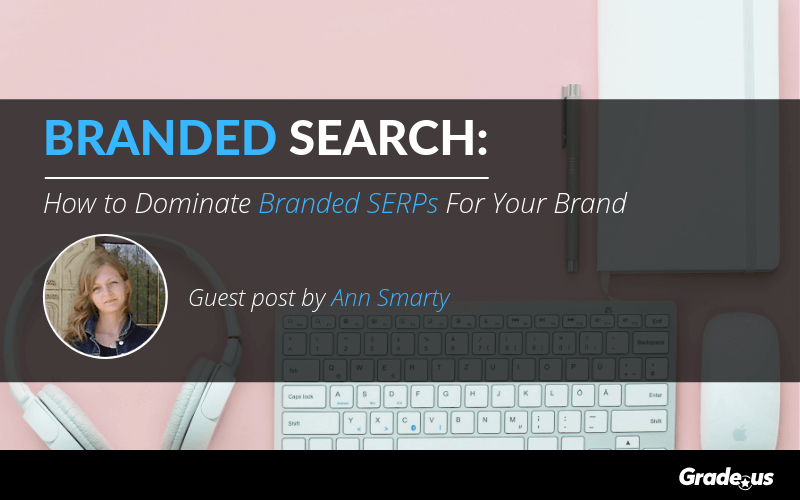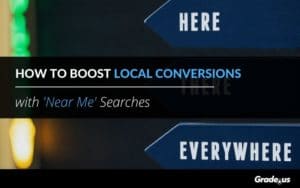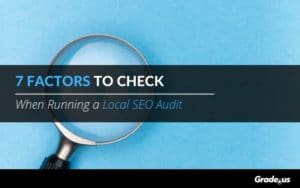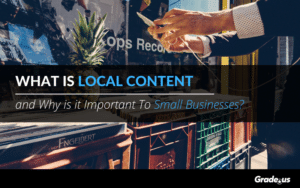Google is not just a discovery channel. In fact, there are lots of various ways your target customer may discover your brand, including social media, review platforms, local search engines, and many many more.
What marketers often forget though is that Google is more a research engine than a discovery angel, and given that the overall web literacy is steadily growing, more and more of your customers will turn to Google to research your brand before buying from you, regardless of how they discovered it.
In one of the studies, it has been found that a buying journey can consist of 900 digital interactions including reading reviews, consulting social media connections, and more. Furthermore, according to Bazaarvoice research, more than 80% of smartphone users consult their phones before making a purchase in-store and almost half of them read reviews before buying.
Since Google is the search engine running most of voice search interactions, as well as the one owning ~92% of the search market, it's safe to assume that in most cases your potential customers turn to Google before buying anything.
What do those numbers practically mean for digital marketing?
Simply put, your potential customers are likely to Google your brand name in combination with other words (e.g. "reviews", "vs", etc.) even after you put all those budgets into attracting them to your site and creating convincing landing pages to persuade them to buy.
This makes branded search queries your brand's biggest asset that can make or break your business.
What Is Branded Search?
Also referred to as "navigational" search, branded search is one that contains your brand name or your unique product name.
Branded queries signal that the searchers know you already and they are at the very edge of buying.
Optimizing for branded search includes the following tasks:
Making sure your own site (as well as other URLs with positive sentiment towards your brand) dominate at least top 5 organic results
Keeping an eye on other SERPs elements (and getting your assets appear there), These include featured snippets, image and video carousels, etc.
Making sure that your branded search results pages make an instantly favorable first impression:
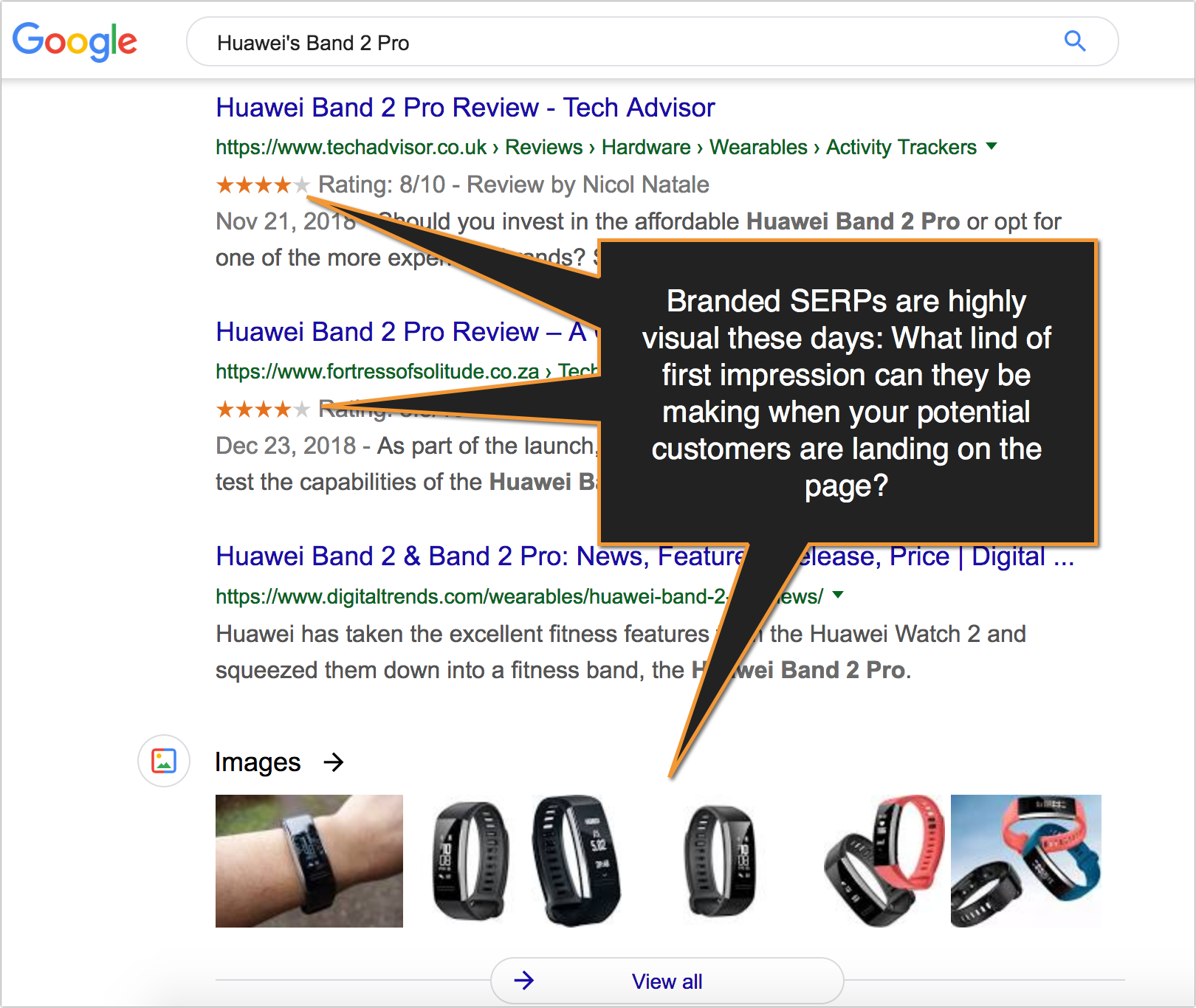
Branded SERPs are highly visual these days: What kind of first impression can they be making when your potential customers are landing on the page?
So how to optimize for branded search?
1. Research and Organize Your Keywords
The first step is obvious: You've got to know your actual keywords!
Some queries are obvious: Most of your future customers are likely to search Google for [NAME + reviews] but there's no need to guess here. If you treat your brand name as a seed keyword, you can use keyword research tools to find out what people are typing in Google search when researching it.
There are numerous keyword research tools out there. The two free ones I'll recommend here are:
Rank Tracker's free version offers access to its keyword research feature that uses around 20 different keyword research sources, including Google AdWords Keyword Tool, SEMRush and more.
(Google) Suggest Bulk Research tool: This one will show what your customers see suggested to them when they start typing your brand name in Google, Bing, Amazon, and Youtube.
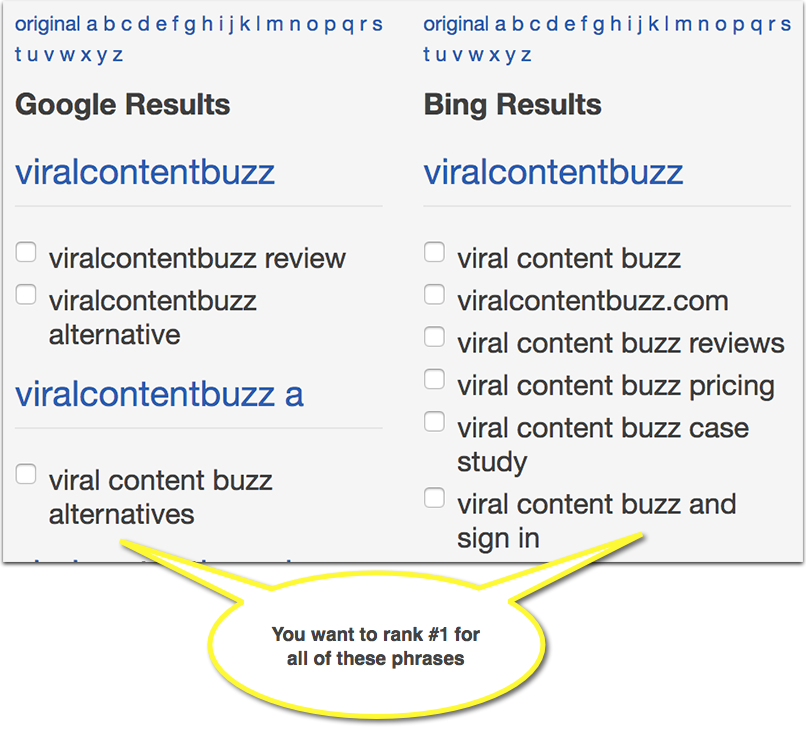
Organizing your keywords is as important as researching them. Without getting organized, you cannot possibly create a strategy. I usually use the following labels to organize my spreadsheet:
Search intent (more on search intent here)
New vs old content ("Should this query be targeted through new content or do we already have a page that should be pushed higher?")
Other types of content (beyond text) that should be created (Usually at least a video and an image asset should be created in order to dominate other types of search results, like image and video carousels)
I also always include question research whenever I am dealing with a well-known brand:

2. Optimize Your Brand Assets
The most important three types of branded search results are:
- Positive (or neutral) mentions: Those you want to optimize to push them higher
- Negative mentions: Those you may want to push to page #2
- Pages that are not about you:
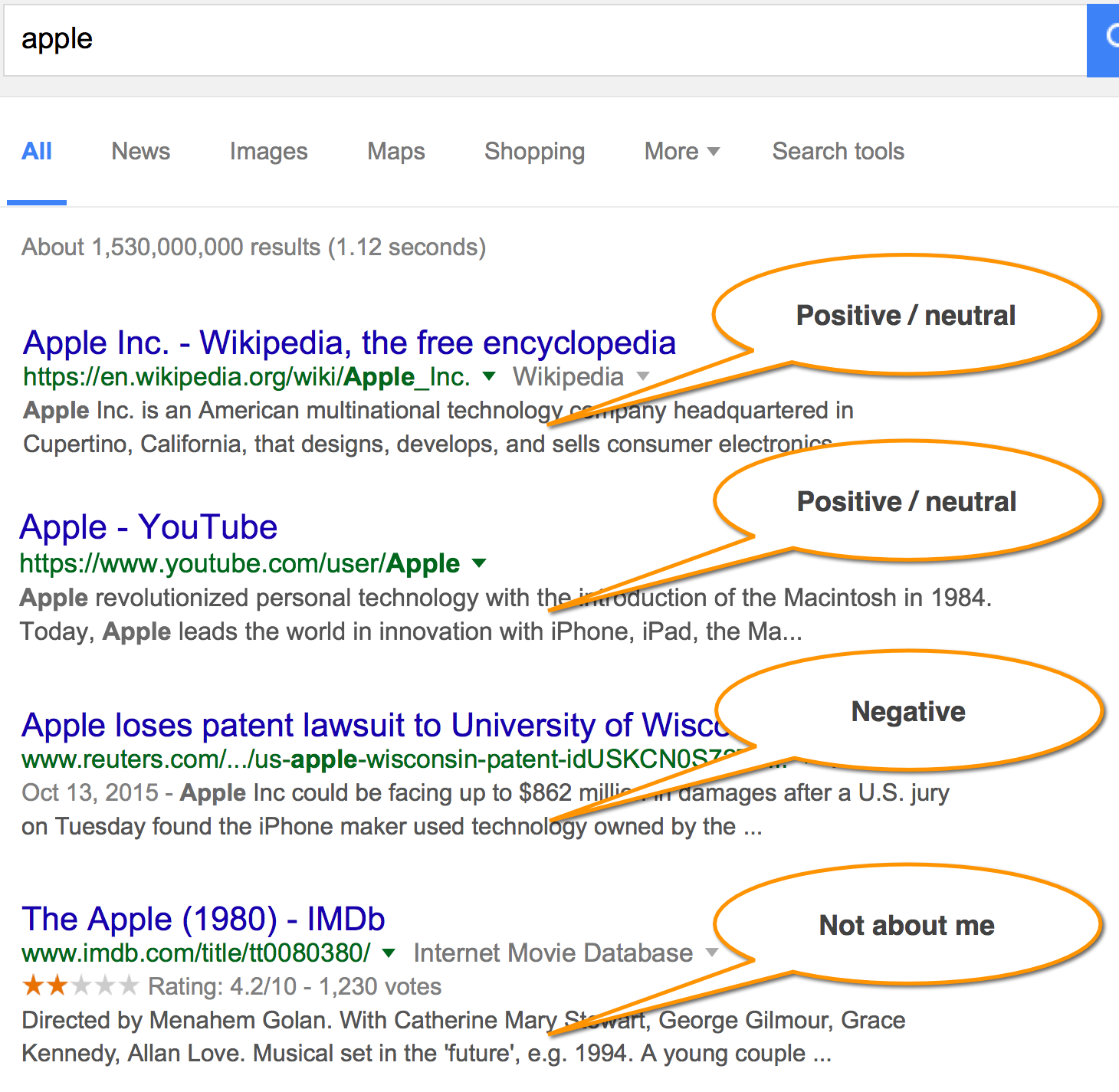
Next:
- Pages you can edit
- Pages you have no control of (someone else wrote about your brand)
- Pages you need to keep an eye on (User-generated and / or user-edited pages)

A branded search optimization strategy is basically about optimizing your own pages (i.e. assets you can control which are obviously positive mentions) for them to outrank pages that can (potentially) create the wrong first impression and scare a customer away.
In addition to that, you may want to try and rank other assets that reside on powerful domains and talk favorably about you and your brand.
To optimize my content for any type of search queries, including branded queries, I always use a tool called Text Optimizer.
Text Optimizer is the semantic analysis tool allowing you to better understand the topic, optimize your content for Google's (and its users') expectations, and research what Google may be associating your brand with. It's both a research and optimization tool.
When you run your branded query in Text Optimizer, the tool:
- Grabs Google’s search snippets generated for that query
- Extracts related and associated concepts from those search snippets using semantic analysis:
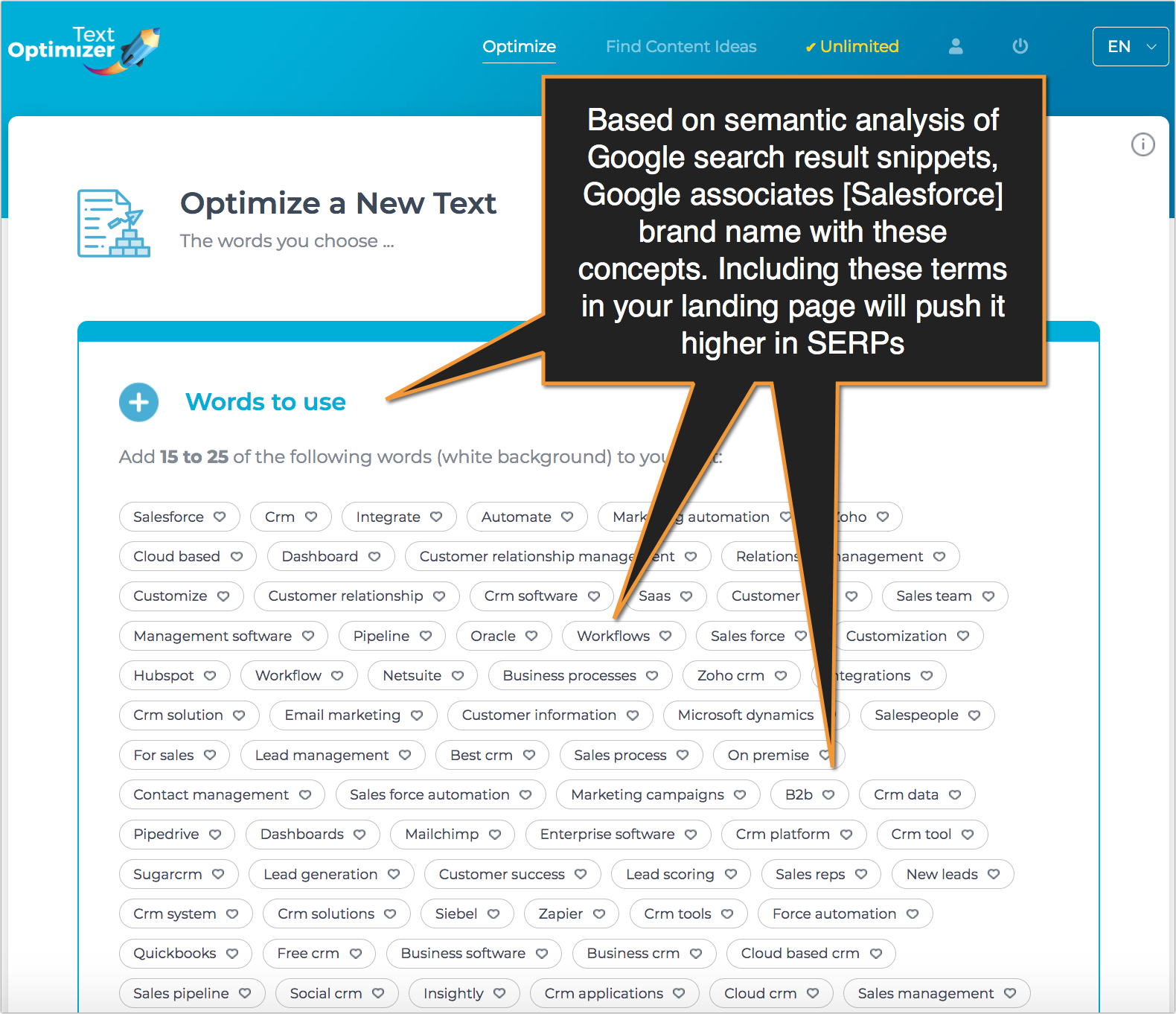
Based on semantic analysis of Google search result snippets, Google associates [Salesforce] brand name with these concepts. Including these terms in your landing page will push it higher in SERPs.
Your task is to try and include these concepts in your copy.
Once you have your content written, you can run the tool again and it will score your content based on how well-optimized it is.
The tool has been my Google reputation management secret weapon for months now allowing me to rank my own assets above everything else in branded search results.
There are other SEO tools I use of course (here's a great list) including Yoast and Internal Links Manager.
All you need to do now is to set up SERPs monitoring using a tool of your choice. If you don't have one, you can choose one from my list.
Good luck!
About the Author
Ann Smarty
Ann Smarty is the Brand and Community manager at InternetMarketingNinjas.com as well as the founder of ViralContentBee.com. Ann has been into Internet Marketing for over a decade, she is the former Editor-in-Chief of Search Engine Journal and contributor to prominent search and social blogs including Small Biz Trends and Mashable. Ann is also a frequent speaker at Pubcon and the host of the weekly Twitter chat #vcbuzz

